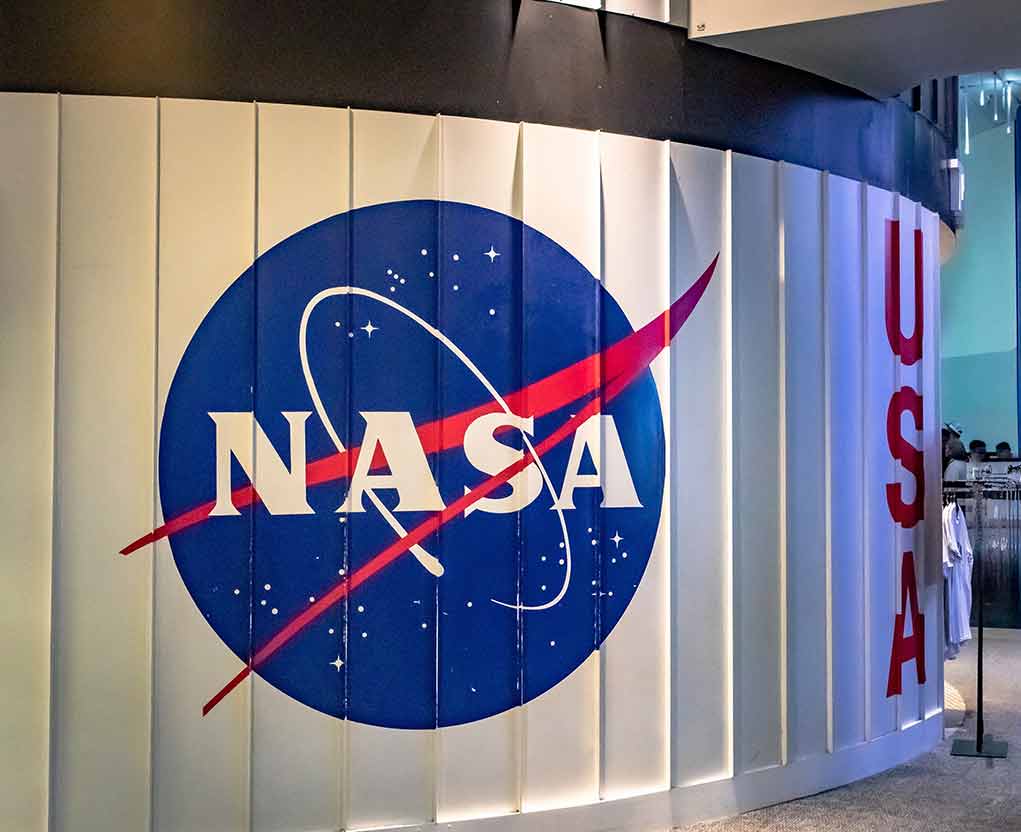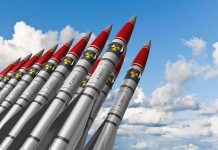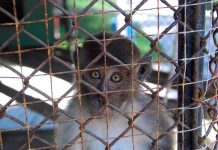
NASA’s two astronauts return to Earth after an extended 286-day mission aboard the ISS, filled with both technological setbacks and political intrigue.
Key Takeaways
- NASA astronauts Butch Wilmore and Suni Williams returned to Earth after issues with Boeing’s Starliner and subsequent challenges with a SpaceX capsule prolonged their mission.
- The astronauts completed 4,576 orbits around Earth, traveling 121 million miles during their 286-day mission.
- Political controversy surrounded their mission, with comments from Elon Musk and Donald Trump concerning the Biden administration.
- NASA is evaluating future transportation options post-mission, with SpaceX and Boeing still in the mix.
- The astronauts’ return marks a shift as the ISS approaches replacement by privately managed stations.
Return of Wilmore and Williams
NASA astronauts Butch Wilmore and Suni Williams completed their 286-day mission on the International Space Station. Their journey, originally a brief mission, was extended due to Boeing’s Starliner crew capsule issues and additional delays with SpaceX’s capsule. During their stay, Williams set a record for the most time spent spacewalking by a female astronaut, conducting nine spacewalks for a total of 62 hours.
The prolonged mission attracted political attention, with President Trump urging a faster return and contrasting claims from Elon Musk and Donald Trump regarding the astronauts’ status. These high-profile comments amplified the public’s interest in the mission. Ultimately, their return was facilitated by a SpaceX Crew Dragon Freedom capsule, successfully bringing them back to Earth.
Challenges and Accomplishments
The astronauts’ extended stay faced numerous challenges, including missing significant family events. Wilmore and Williams conducted approximately 150 experiments during their extended stay, contributing significantly to space exploration. The Crew-9 mission was a routine staff rotation involving NASA and SpaceX, culminating in a perilous re-entry and splashdown off Tallahassee, Florida.
“This has been nine months in the making, and I couldn’t be prouder of our team’s versatility, our team’s ability to adapt and really build for the future of human spaceflight,” stated Steve Stich, NASA’s commercial crew program manager.
Despite being described as “stranded,” the astronauts were never in immediate danger, having access to emergency evacuation capsules on the ISS. Their return ranked them sixth for the most continuous days spent in space. NASA considers future options for safe and reliable transport with ongoing collaboration with SpaceX and Boeing.
NASA astronauts return to Earth after 286 days in space
.
NASA astronauts Butch Wilmore and Suni Williams safely returned to Earth on Tuesday, splashing down off Florida’s coast in a SpaceX Crew Dragon capsule. Their arrival marked the end of a prolonged 286-day mission aboard… pic.twitter.com/PmeikPxbTE— Thenationthailand (@Thenationth) March 19, 2025
Future of Space Travel
As they settle back on Earth, the astronauts are undergoing detailed medical evaluations to adapt to gravity before reuniting with their families. NASA is focusing on transporting crews safely and reliably, with a likely uncrewed test flight for the next Starliner mission to address previous issues. The retirement of the ISS marks a turning point as the focus expands to lunar and Martian expeditions, ushering in a new era for space exploration.
NASA’s commitment to ensuring the safety and success of their missions remains a priority as they consider the technological and political landscapes affecting human spaceflight. The Crew-10 mission has seamlessly taken over ISS operations, marking another chapter in this continually evolving journey.
Sources:
- NASA astronauts Butch Wilmore and Suni Williams return to Earth after 9 months stuck in space
- SpaceX Dragon successfully splashes down, returning NASA astronauts back to Earth
- NASA astronauts Suni Williams and Butch Wilmore return to Earth after 9 months stuck in space | AP News
- Stranded astronauts Butch Wilmore and Suni Williams safely splash down in SpaceX capsule after 9 months on ISS











